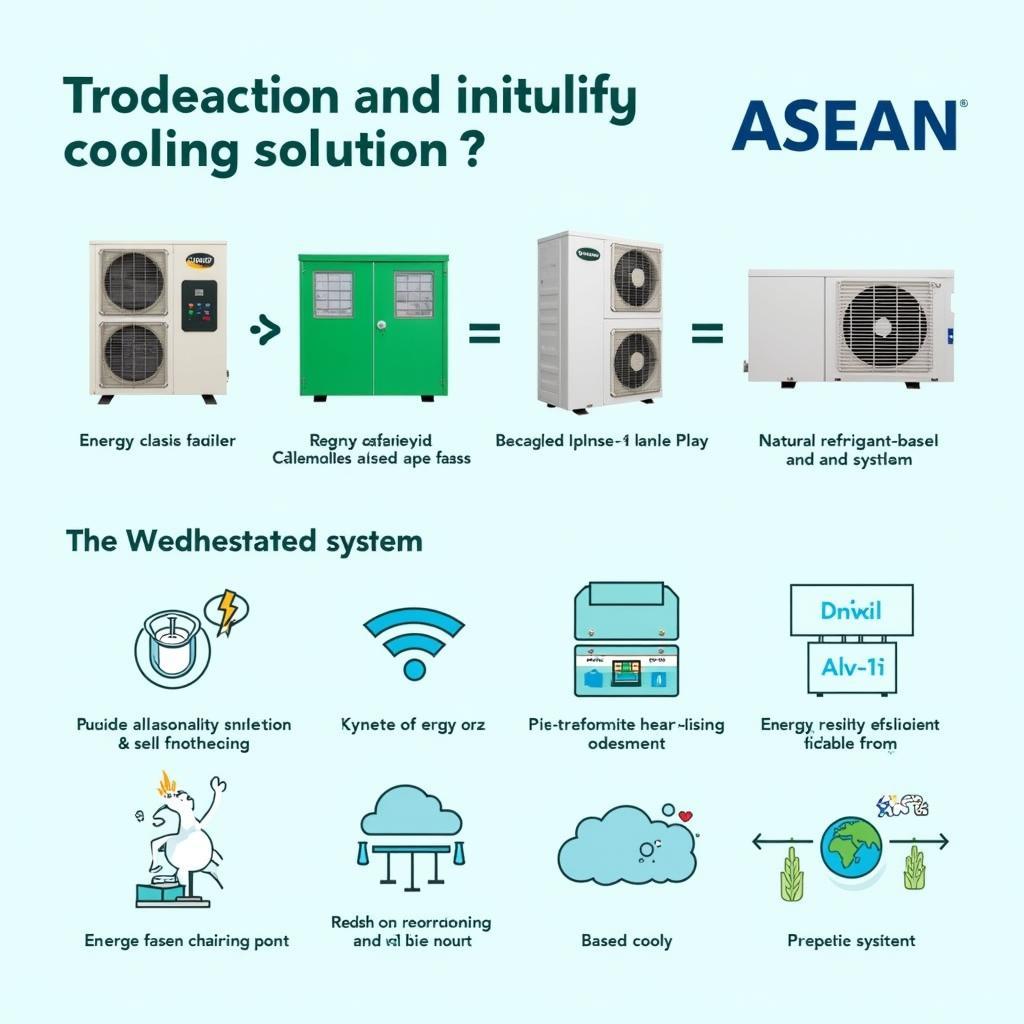The year 2017 marked a period of significant change on the global stage, with the inauguration of President Donald J. Trump and the subsequent shift in US foreign policy. This shift had a notable impact on the Association of Southeast Asian Nations (ASEAN), a regional bloc known for its economic dynamism and strategic importance. As the world watched, ASEAN nations were presented with both opportunities and challenges in engaging with the new US administration.
A New Approach to US Foreign Policy
The Trump administration’s “America First” doctrine signaled a departure from traditional US foreign policy, emphasizing bilateral agreements and economic nationalism. This approach raised questions about the future of multilateral institutions and long-standing alliances, including US commitments in the Asia-Pacific region.
ASEAN’s Response to the “America First” Doctrine
ASEAN, known for its consensus-based approach and commitment to regional cooperation, responded to the “America First” doctrine with a blend of pragmatism and a reaffirmation of its core principles. The bloc sought to engage constructively with the Trump administration while also emphasizing the importance of multilateralism and a rules-based international order.
Key Areas of Engagement Between ASEAN and the Trump Administration
Despite the shift in US foreign policy, several key areas of engagement emerged between ASEAN and the Trump administration:
- Economic Cooperation: The US remained a crucial trade and investment partner for ASEAN. Both sides explored ways to enhance economic ties, even as the Trump administration pursued bilateral trade deals and withdrew from the Trans-Pacific Partnership (TPP).
- Security Cooperation: The US continued to be a significant security partner for many ASEAN nations, particularly in maritime security and counterterrorism efforts. The South China Sea dispute remained a point of contention, with the US asserting its presence in the region and calling for freedom of navigation.
- Regional Architecture: The Trump administration’s engagement with regional forums like the East Asia Summit (EAS) was closely watched. While expressing skepticism about multilateralism, the US continued to participate in these forums, recognizing the importance of maintaining dialogue and cooperation in the region.
The Legacy of 2017: A Reshaped Relationship
The year 2017 marked a turning point in US-ASEAN relations. The Trump administration’s “America First” approach introduced uncertainty and a need for adjustment in the relationship. ASEAN, while navigating this shift, demonstrated resilience and a commitment to its own regional integration and centrality in the evolving geopolitical landscape of the Asia-Pacific.
